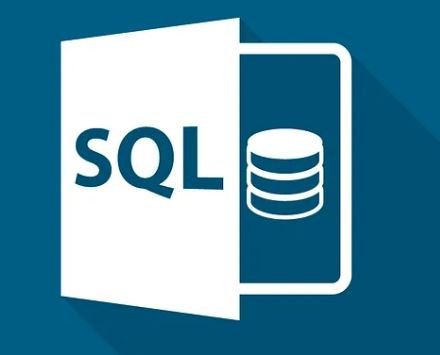Power of SQL
In today’s data-driven world, SQL (Structured Query Language) stands as the backbone of data management and manipulation. Whether you’re a developer, data analyst, or business intelligence professional, understanding SQL is crucial for effectively handling and analyzing data. In this blog, we’ll explore the fundamentals of SQL, its key features, and practical tips for leveraging it in various scenarios.
What is SQL?
SQL is a domain-specific language designed for managing and querying relational databases. It allows users to interact with databases by performing tasks such as retrieving, inserting, updating, and deleting data. SQL’s powerful yet intuitive syntax makes it accessible to users with varying levels of technical expertise.
The Basics of SQL
At its core, SQL revolves around a few core operations, often referred to as CRUD operations:
- Create: Adding new records to a database table.
- Read: Querying and retrieving data from a table.
- Update: Modifying existing records in a table.
- Delete: Removing records from a table.
Each of these operations corresponds to SQL commands that are integral to managing a relational database:
SELECT: Retrieves data from a table.INSERT INTO: Adds new records to a table.UPDATE: Modifies existing records.DELETE: Removes records from a table.
Key SQL Concepts
-
Tables: The fundamental building blocks of a relational database. Tables store data in rows and columns. Each table has a unique name and consists of columns with specific data types.
-
Primary Keys: Unique identifiers for each record in a table. They ensure that each record can be uniquely identified.
-
Foreign Keys: Establish relationships between tables. They are primary keys in one table that reference primary keys in another, enabling data integrity and relational data management.
-
Indexes: Enhance query performance by providing quick access to rows in a table based on indexed columns.
SQL Query Structure
A typical SQL query follows a straightforward structure. For instance, to retrieve all records from a table named Employees, you would use:
sql
SELECT * FROM Employees;
This query selects all columns from the Employees table. To retrieve specific columns, specify them explicitly:
sql
SELECT FirstName, LastName FROM Employees;
Filtering and Sorting Data
SQL provides powerful ways to filter and sort data. The WHERE clause allows you to filter records based on conditions:
sql
SELECT * FROM Employees WHERE Department = 'Sales';
To sort the results, use the ORDER BY clause:
sql
SELECT * FROM Employees ORDER BY LastName ASC;
Aggregation and Grouping
Aggregation functions, such as COUNT(), SUM(), AVG(), MIN(), and MAX(), allow you to perform calculations on your data. The GROUP BY clause is used to group rows that have the same values in specified columns:
sql
SELECT Department, COUNT(*) AS NumberOfEmployees
FROM Employees
GROUP BY Department;
Joining Tables
One of SQL’s most powerful features is the ability to join tables. Joins allow you to combine data from multiple tables based on related columns. Here’s a basic example using an INNER JOIN:
sql
SELECT Employees.FirstName, Departments.DepartmentName
FROM Employees
INNER JOIN Departments ON Employees.DepartmentID = Departments.DepartmentID;
This query retrieves employee names along with their corresponding department names.
Best Practices for Writing SQL
-
Write Readable Code: Use clear and descriptive names for tables and columns. Break down complex queries into smaller, manageable parts.
-
Optimize Queries: Use indexes wisely and avoid unnecessary complex joins. Analyze query performance and optimize as needed.
-
Be Mindful of Security: Use parameterized queries to prevent SQL injection attacks. Validate and sanitize user inputs.
-
Maintain Data Integrity: Ensure that foreign key constraints and other integrity constraints are properly applied to maintain consistent and accurate data.
SQL in the Modern Landscape
In the evolving landscape of data management, SQL remains highly relevant despite the rise of NoSQL databases and other technologies. Many modern databases, including PostgreSQL, MySQL, and Microsoft SQL Server, continue to use SQL as their primary querying language.
Additionally, SQL integrates well with various programming languages and tools, making it a versatile choice for data analysis, reporting, and application development.
Conclusion
SQL is more than just a language; it’s a fundamental skill for anyone working with data. By mastering SQL, you gain the ability to effectively manage, query, and analyze data, unlocking valuable insights and driving informed decision-making. Whether you’re starting from scratch or looking to enhance your skills, understanding SQL is a crucial step in your data journey. Embrace its power and versatility, and you’ll be well-equipped to tackle the challenges of modern data management.
